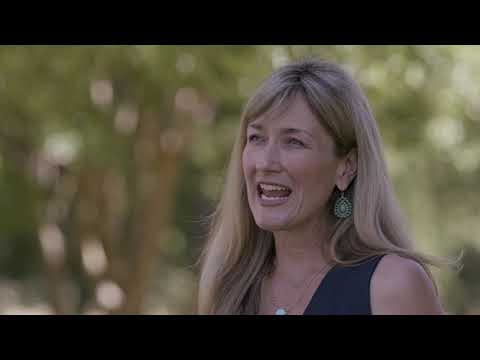In the News
The remarkable story about William B. Gould has appeared a number of times over the past few years. He is buried about a 2 miles from my home here in Boston.
Over the next two and a half years, until the end of the war, Gould served in the United States Navy, one of the few escaped slaves to do so, though nearly 180,000 served in the Army. And from the beginning, he kept a journal, the only known record of the war written by a contraband.
Gould’s diary is well worth reading.
Looks like the commission assigned to rename military bases named in honor of Confederate leaders is one step closer to completion. This has not been an easy task. There are many men and women who are worthy of this honor, but we should all be able to agree that honoring men who made war on the United States are not.
Video
Check out this short video produced by the American Civil War Museum in Richmond on the history of Hollywood Cemetery. Historians Caroline Janney and John Coski focus in on the burial of Confederate dead and what Hollywood can tell us about the Lost Cause in the immediate wake of the Civil War.
Great for classroom use.
This past Saturday members of the Liberty Rifles reenacted the famous charge of the First Minnesota, late in the afternoon of July 2, 1863 at Gettysburg. The regiment is credited for having repulsed a Confederate advance that threatened to split the Union army positioned along Cemetery Ridge. The charge left 215 of the 262 men in the regiment as casualties, including it’s colonel.
This recreation of the regiment’s famous charge took place with the same number of men and on the very same ground on the Gettysburg battlefield. Wish I could have been there to see it in person.
New to the Civil War Memory Library
Thulani Davis, The Emancipation Circuit: Black Activism Forging A Culture of Freedom (Duke University Press, 2022).
Daniel T. Fleming, Living the Dream: The Contested History of Martine Luther King Jr. Day (University of North Carolina Press, 2022).
J. Brent Morris, Dismal Freedom: A History of the Maroons of the Great Dismal Swamp (University of North Carolina Press, 2022).
Christian G. Samito ed., Fear Was Not in Him: The Civil War Letters of General Francis C. Barlow, U.S.A (Fordham University Press, 2006).
Richard F. Welch, The Boy General: The Life and Careers of Francis Channing Barlow (Kent State University Press, 2005).
Twitter Detox Update
Two weeks later and I have no regrets about deactivating my twitter page. I thought it would be more difficult moving on, but having this platform has certainly made it easier. I’ve noticed a couple things. Overall, I am spending less time on the computer and more time reading and working on my Robert Gould Shaw biography. I’ve also discovered gardening.
I am much more relaxed. My morning reading of the The Washington Post, Boston Globe, and New York Times is so much more enjoyable as I am not constantly looking for articles to tweet.
If ever there was a time to leave the doom scrolling behind, this was it. I deactivated my account two days before the Supreme Court’s overturning of Roe v. Wade. I can’t imagine what my feed would have looked like had I stayed active. Like many of you I am outraged. I fear what the consequences of this decision will mean for women across this country, but I don’t need to read reactions to it every minute of the day, along with everything else that one can be outraged about. It’s been nice to regain some sense of privacy.
One final point. I didn’t fully acknowledge this before a few days ago, but I was censoring myself on twitter. I never would have tweeted out the content of my recent post about John Bowie Magruder for fear of being called a racist or Lost Causer.
When I first started blogging back in 2005 my harshest critics were neo-Confederates and other extreme conservatives. On twitter it has tended to come from the opposite side of the political spectrum, which I find interesting.
I no longer want to deal with all of that. So much of the hateful critiques are about being seen and gaining followers—what I call social media points. I want to be able to explore my ideas with a community that is curious, reflective, and willing to share critical feedback in a thoughtful manner.
I thank all of you for helping to create just such an environment here on Substack.




Thank you for all you do as a historian. This blog has been very helpful to me in learning to think critically and develop a more nuanced understanding of the Civil War Era.